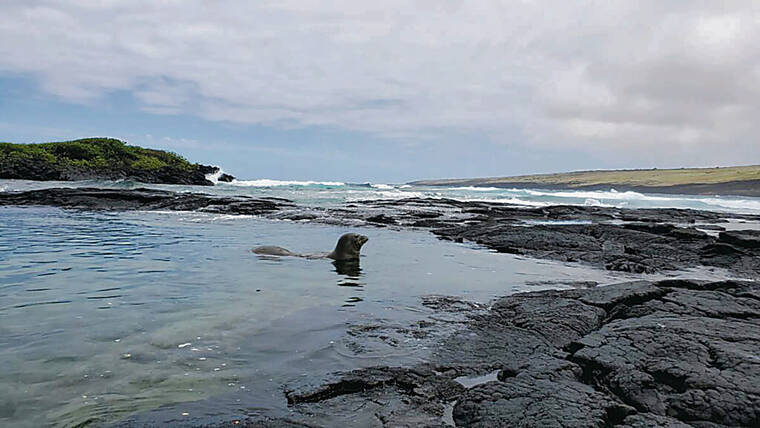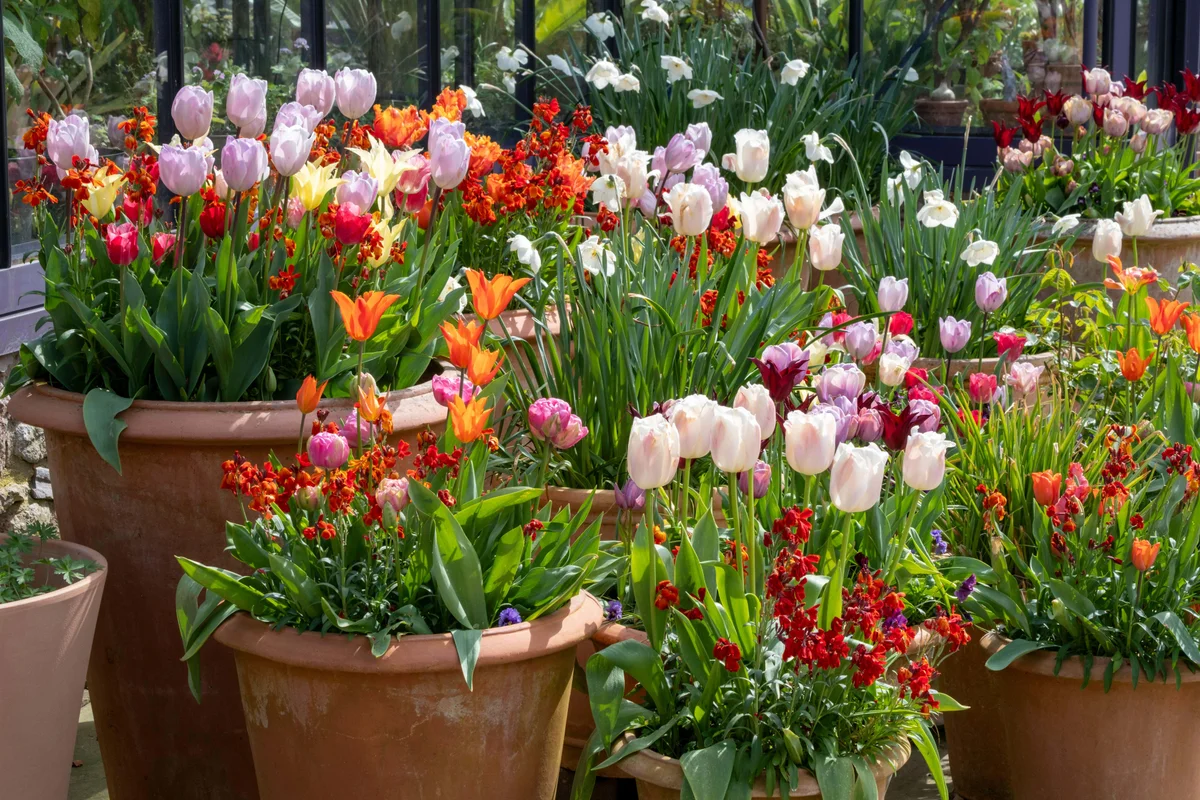Copyright staradvertiser

A draft environmental assessment filed with the state Office of Planning and Sustainable Development in September advances Kau wetland restoration that has been almost 20 years in the making. The Honu‘apo Estuary Wetland Restoration Project is an effort by the Department of Land and Natural Resources to restore about eight acres of estuary and wetland habitat along the island’s southeast coast in the Honu‘apo ahupa‘a near Whittington Beach Park. By replacing invasive vegetation with native plants, deepening water areas, and installing a predator-proof fence and pedestrian walkways, representatives from DLNR’s Department of Forestry and Wildlife and other conservation groups seek to help the estuary’s ecosystem while preserving the area’s cultural history. “We are in full support of this project,” said Megan Lamson, a managing director with the Hawaii Wildlife Fund who is also on the board of Ka ‘Ohana O Honu‘apo, or KOOH, a Kau community group involved on the project. “While we wish it could’ve happened sooner, we understand that things happen, and we are just thankful that the wetland restoration project that we have dreamed about for more than two decades is finally able to move forward.” Seabird and waterbird recovery coordinator and DLNR project representative Afsheen Siddiqi said the estuary property, with an appraised value of $3.675 million, was sold to the state for $3.2 million in 2006, a discount she believes was meant to protect the land for environmental conservation at a time when others were eyeing it for luxury development. Lamson said funding for the land included a $1 million grant through the Hawaii Legacy Lands Act, $1.5 million from the National Oceanic and Atmospheric Administration’s Estuary Protection Fund, $500,000 in Hawaii County capital improvement project funding, and $1,700 raised directly from Kau Siddiqi said the DLNR has been working alongside KOOH throughout the project’s development, and Lamson said the Kau group applied for a wetlands conservation grant from the U.S. Fish and Wildlife Service through DLNR, alongside the Pacific Birds Joint Habitat Venture in 2011. That grant brought $549,000 into the project, which Siddiqi said covered the environmental assessment and also will allow them to do the first phase of the restoration project. “We’re excited,” Siddiqi said. “We’re getting to the part where we might get to do some good work on the ground.” Siddiqi said the first restoration phase will work to “restore the hydrology” to the estuary by removing invasive plants like “water-hungry” kiawe trees, planting native vegetation like endangered loulu palms or ‘ohai shrubs, and deepening water areas to allow tides to optimally fill the wetlands. Siddiqi said supporting the ecosystem will benefit endangered species like the orangeblack Hawaiian damselfly that has been absent from the site in recent years and the Hawaiian monk seals that regularly visit the estuary. By restoring the basic physical aspects that create a home for insects, fish and birds while actively protecting the wildlife from predators so they feel safe nesting and breeding in the wetlands, Siddiqi said the project could support the regeneration of native populations of coastal birds like the ae‘o (Hawaiian stilts) and ‘alae ke‘oke‘o (Hawaiian coots). “The idea is to restore the ecological balance of the wetland,” Siddiqi said. “The vegetation is super important to our native waterbirds, because they utilize it for areas where they feed or where they might hide from predators.” While working to protect the area’s ecology, KOOH also has been uniting with the Kau community to preserve the archaeological remnants of Native Hawaiian habitation of the area dating back to the 15th century, Lamson said. The 2011 grant proposal to the U.S. Fish and Wildlife Service described 88 culturally significant sites with over 200 archaeological features in the area. Sixty-five sites were found to be significant under State Historic Preservation criteria include petroglyphs, the remains of the Kamala‘i heiau and pre-contact burial and ceremonial complexes. A fishpond in the area was used by ancient Hawaiians as recently as 500 years ago is also of value to the restoration. Lamson said restoration work on the fishpond was granted a permit by DLNR in 2019, and during the 60 coastal restoration workdays since 2021, Kau community members have put over $150,000 worth of community service work that has engaged over 1,300 people. KOOH Director Jodie Rosam said the group also will be hosting five in-depth workshops over the next eight months, along with free community gatherings. “Honu‘apo is a place where the community gathers for celebrations, where keiki learn to swim, fish, and dive, and where the community comes to just enjoy Ka‘u, rain or shine. It is a treasured place,” Rosam said. “Restoring the estuary is not just for the wildlife, it will enhance the natural and cultural resources that can be utilized by the community.”



